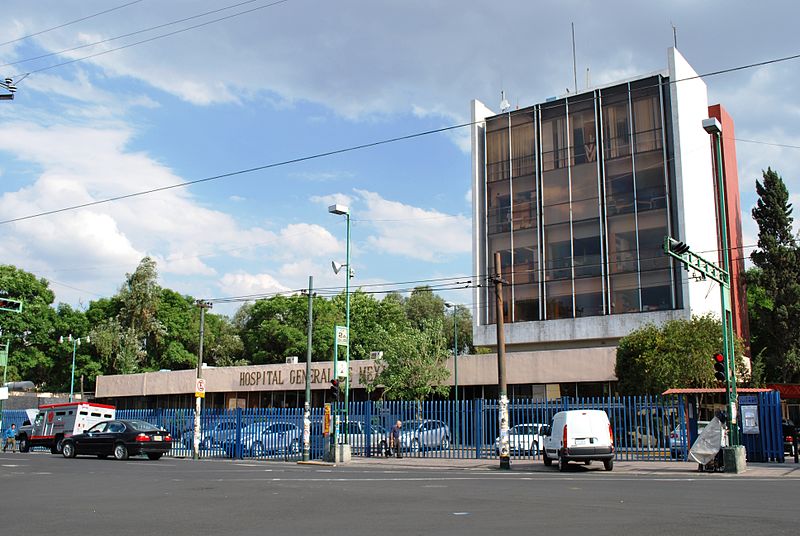
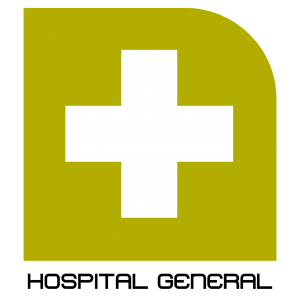
Metro Hospital General is, to the international visitor, likely to be confused with Metro Centro Medico, just one station away. This station is more convenient than any other for its proximity to the Hospital General de Mexico “Dr. Eduardo Liceaga.” The station logo depicts the international Red Cross symbol, in reference to the hospital.
In fact, it’s one of a few Metro stations with entrances not on the area’s central avenue. In this case, the entrances and exits are a block east of the Avenida Cuauhtémoc on the sometimes disorienting calle, Dr. Pasteur.
The first public hospital in Mexico, it opened in 1905. It was preceded by both the Hospital General of San Hipólito in 1567. And later by the Hospital General of San Andrés, of which all that remains is the Casona de Xicoténcatl in the City Center.
Today the Hospital General is one of the most important teaching hospitals in the country. It’s credited with having provided the foundations for both the National Institutes of Nutrition and Cardiology.
The land was donated by one Pedro Serrano, in a then very empty colonia Hidalgo. It’s called colonia Doctores today. While between here and the Centro Medico to the immediate south, almost everything is dedicated to health, wellbeing, and pharmacology, there are still many interesting sites for international visitors.
Directly to the west, across Avenida Cuauhtémoc, the Roma Norte neighborhood is close and offers the art galleries and sidewalk cafes. In the other direction, the Antique Toy Museum is just a few blocks away along Calle Dr Olvera, at number 15.
 unidad_de_orientacion@metro.cdmx.gob.mx
unidad_de_orientacion@metro.cdmx.gob.mx
 5627.4950 / 5627.4741
5627.4950 / 5627.4741
 https://www.metro.cdmx.gob.mx/
https://www.metro.cdmx.gob.mx/

Nearest at 0.30 kms.

Nearest at 0.35 kms.

Nearest at 0.47 kms.
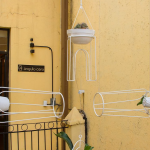
One of Mexico City's leading galleries for design, art, and furniture . . .
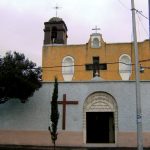
A tiny chapel recalls the long history of the Colonia Tránsito . . .

A little shopping center in the historic Colonia Transito . . .

A community collaborative center in the heart of Colonia Doctores . . .
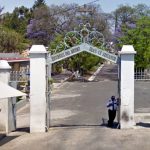
Mexico City's "most beautiful" cemetery along the Piedad River . . .